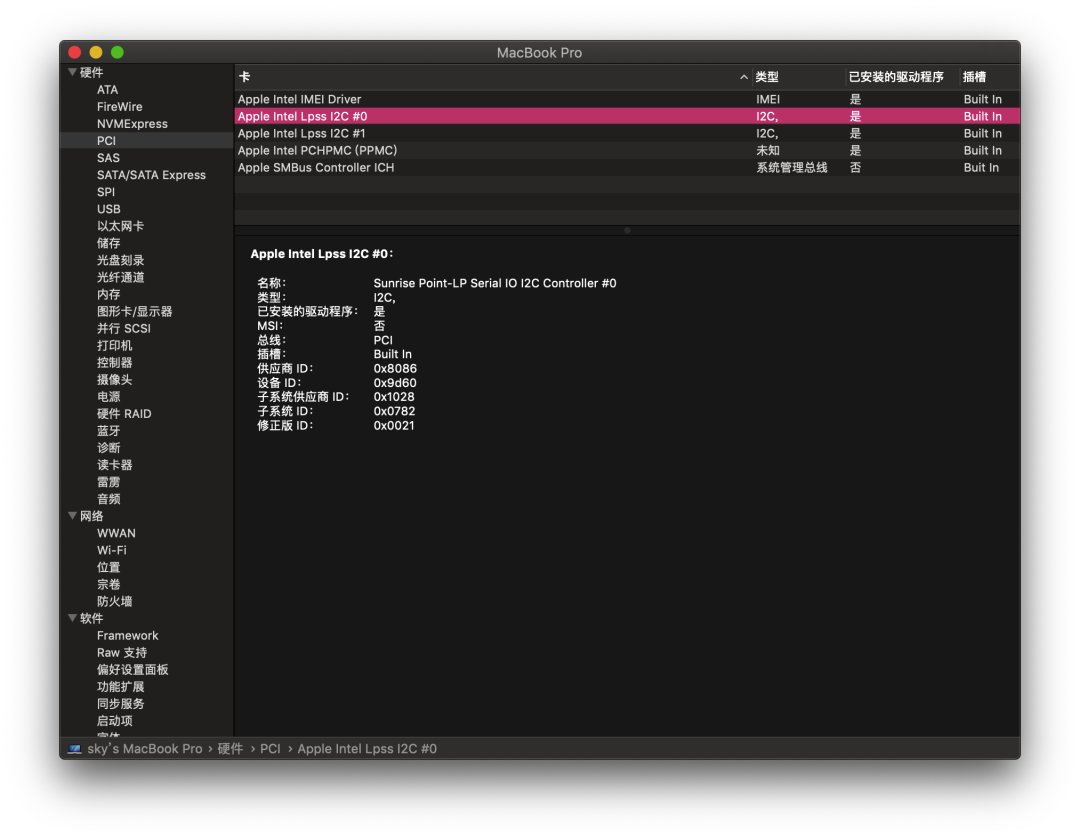
#MICROSOFT CDIMAGE WINDOWS#
Notes on running Windows Setup in Windows PE: To learn more, see Copy DISM to Another Computer. If you are using customized WinPE for Windows 10 images, you may prefer to continue using your existing Windows PE image and run the latest version of DISM from a network location. In general, use the latest version of WinPE to deploy Windows. Adding bundled app packages through DISM (.appxbundle packages).Running 64-bit apps on the 32-bit version of Windows PE.Booting from a path that contains non-English characters.Connecting to an IPv4 network from Windows PE on an IPv6 network.Windows PE doesn't support any of the following: To learn more, see WinPE: Use a single USB key for WinPE and a WIM file (.wim). The default Windows PE installation uses the FAT32 file format, which poses its own limitations, including a maximum 4GB file size and maximum 32GB drive size. To make lasting changes, see WinPE: Mount and Customize. When Windows PE reboots, all changes are lost, including changes to drivers, drive letters, and the Windows PE registry. To prevent its use as a production operating system, Windows PE automatically stops running the shell and restarts after 72 hours of continuous use.

There are other Microsoft products, such as Windows Embedded CE, which may be used for these purposes. It should not be used as a thin client or an embedded operating system. It may not be used for any purpose other than deployment and recovery.

Windows PE is not a general-purpose operating system. The 64-bit version of Windows PE can boot 64-bit UEFI and BIOS PCs.The 32-bit version of Windows PE can boot 32-bit UEFI and BIOS PCs, and 64-bit BIOS PCs.To optimize memory use, manufacturers should ensure that their firmware reserves memory locations either at the beginning or at the end of the physical memory address space. In order to boot Windows PE directly from memory (also known as RAM disk boot), a contiguous portion of physical memory (RAM) which can hold the entire Windows PE (WIM) image must be available.(If you add drivers, packages, or apps, you'll need more memory.) The base version requires only 512MB of memory.You can run Windows PE entirely from memory. Windows PE has the same requirements as Windows with these exceptions:
#MICROSOFT CDIMAGE DRIVERS#

You can boot WinPE from USB, CD/DVD/ISO, or a virtual hard drive. Prior to Windows 10, version 1809, WinPE was included in the ADK and wasn't an add-on.


 0 kommentar(er)
0 kommentar(er)
